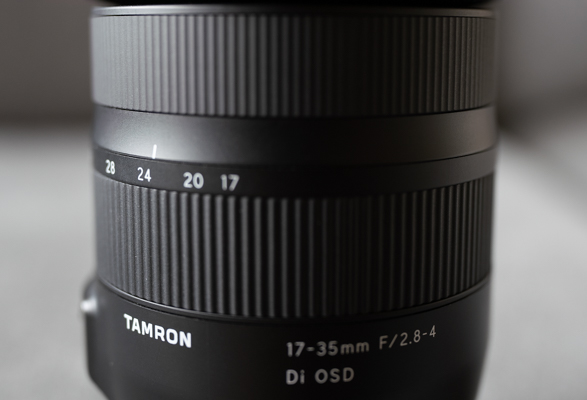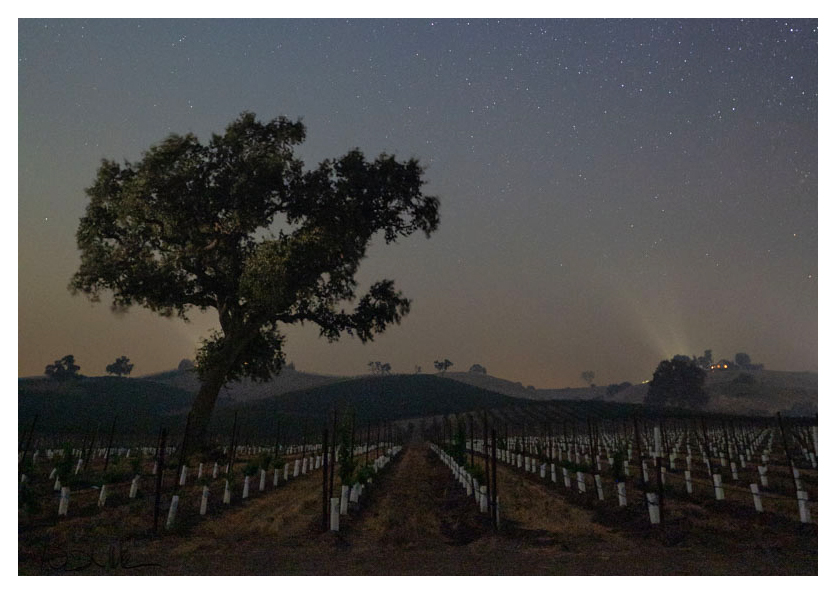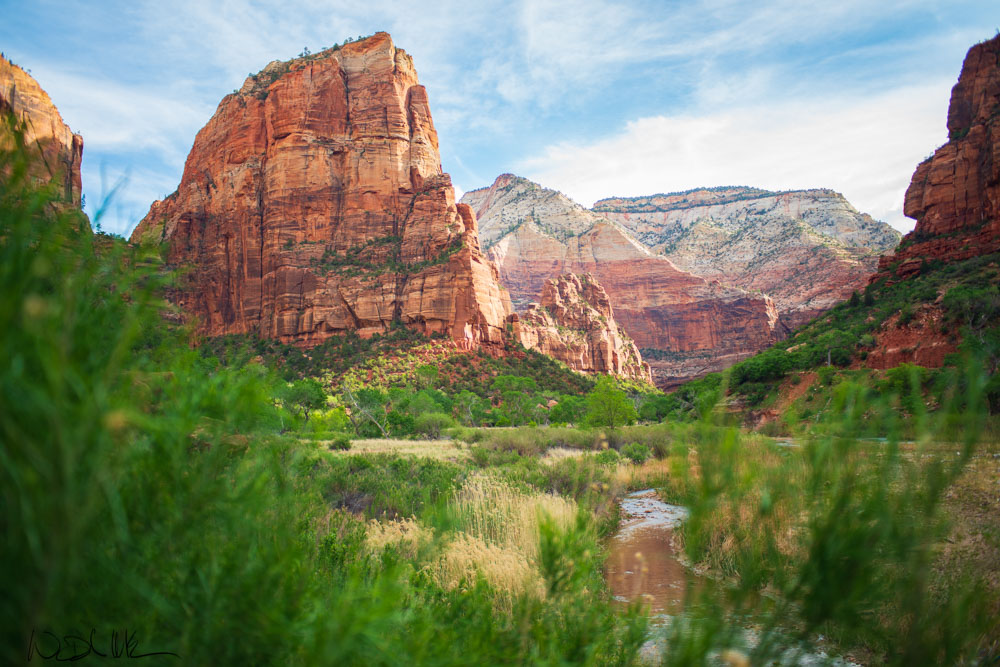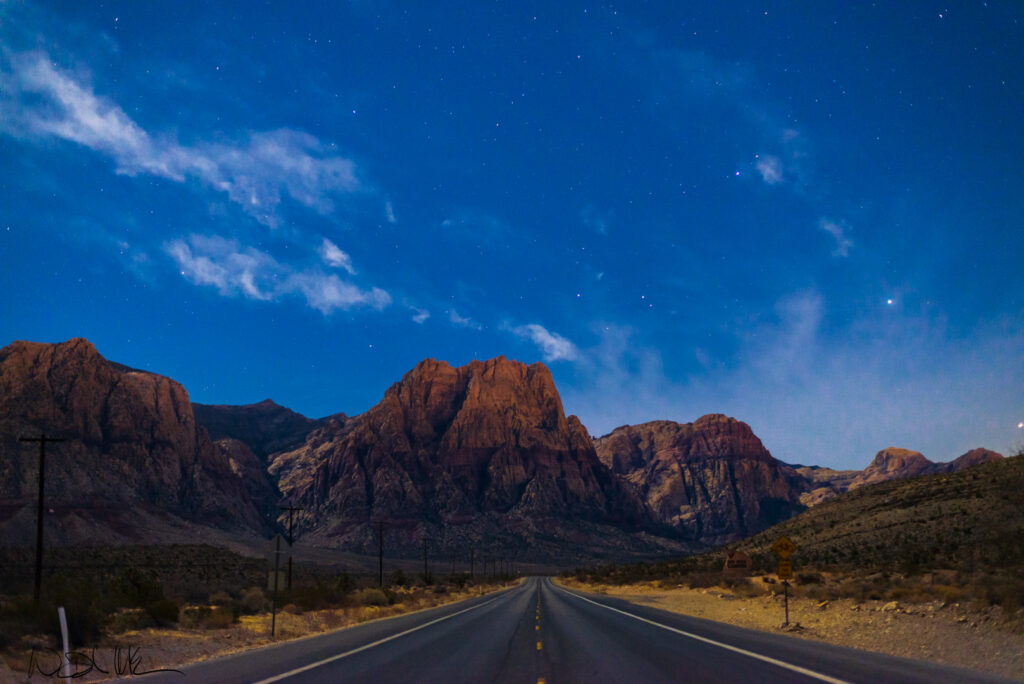Never in a million years would someone buy the Tamron 17-35mm F/2.8-4 Di OSD for astrophotography, but I did.
When it comes to astrophotography, lenses are expensive especially with wide apertures, and it’s hard to find a lens with good coma performance. I’ve used the Sony 24mm 1.4 GM for astrophotography ($1200) and the coma still doesn’t compare to the Tamron 17-35mm. So why is the Tamron 17-35mm f4 the best budget lens for star tracking?
This lens is not only unpopular and affordable, it’s one of the best lenses you can buy for coma performance and sharpness.
That means you get pin point stars. That combination with a star tracker makes this lens perfect for astrophotography.
Why I decided on the Tamron 17-35mm for star tracking and astrophotography
In September 2018, Tamron released this lens for both Nikon and Canon. I found this lens in late 2019 on craigslist for $300. I couldn’t believe that someone would be selling a new lens for this price when it was $599 new.
When I bought it, I could tell it was hardly used even though it didn’t come with a lens cap. It had surprisingly good optics with no scratches, dust, or damage to the lens or body.
The Tamron 17-35mm f2.8-4 has been on my mind since it came out. It’s an incredibly sharp lens and extremely light. Initially, I wanted a light, super wide angle lens for landscape photography, but I also wanted a lens with good coma that I could use adapted for astrophotography on my Sony A7riii.
Sony has a 16-35 2.8 GM lens that’s sharp, but I didn’t want to pay over $2k for a lens that was heavy and had poor coma performance.
I also looked at the Tamron 17-28mm 2.8 (sony), because the lens is less than a pound, but the coma performance wasn’t great either. I really wanted the Tamron 17-28 to work, because it was native to the Sony E mount and had less vignette than the Tamron 17-35 f4-2.8.
Then I thought about finding an inexpensive prime, but the best coma performance prime in this price range is the Samyang SP 14mm f2.4. It’s heavy, expensive ($799), and I wanted a little narrower focal length for the Milky Way.
I also wanted a zoom with a variable range for landscape photography.
Finally, I decided to go with the Tamron 17-35 f4-2.8 for Canon with my Sigma MC-11 adapter. I know adapted lenses are not always the best for focus, but wide angle lenses don’t need ultrafast focus.
The Tamron also has exceptional coma performance, sharpness, and decent barrel distortion.
The only other lenses that perform similarly for astrophotography are the Tamron 15-30mm 2.8 and the Sigma 14-24mm 2.8. They both are heavy and almost twice the cost.
The Tamron 17-35mm f4-2.8 weighs 1.01 pound or 459 grams. The only reason not to buy this lens is the vignette. At 2.8 the lens suffers from vignette, but at f4 it’s for the most part resolved and this is exactly why I got it.
This image was shot with the Tamron 17-35mm 2.8-4 at f2.8. Notice the heavy vignette in the corners.
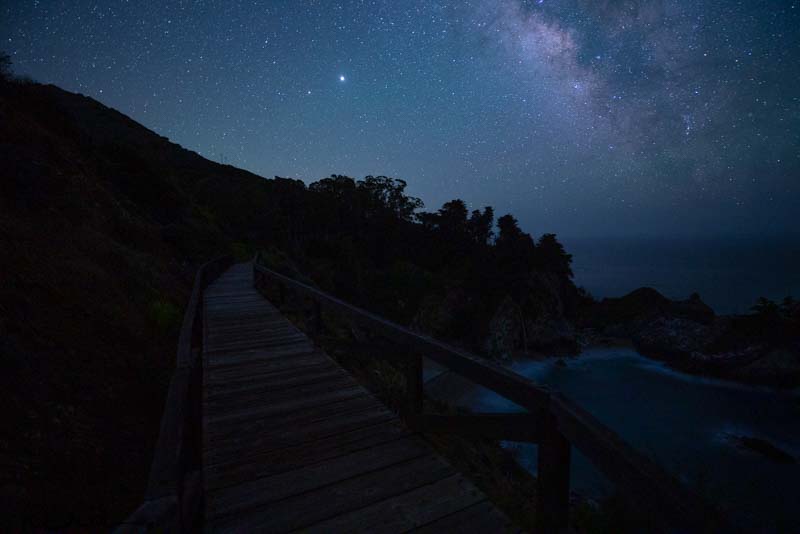
Notice in the next image how the vignette is less apparent when used with the star tracker and stopped down to f4.
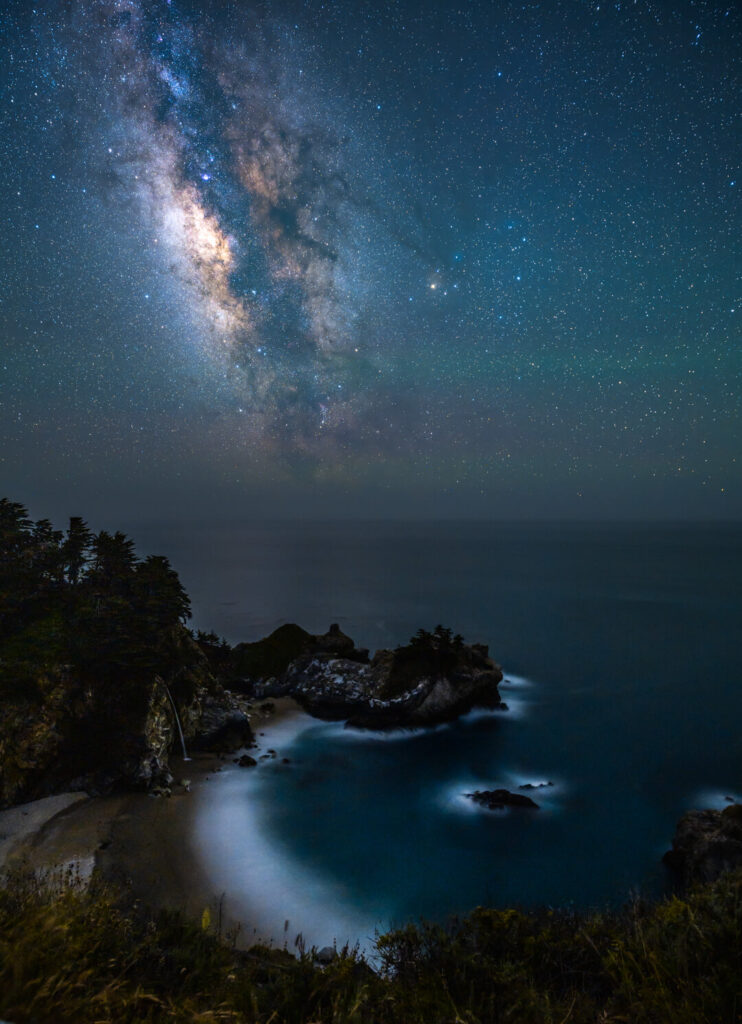
Star tracking with the Tamron 17-35mm and move-shoot-move
If you have any experience with star tracking, you already know that you don’t need a fast lens.
I like the idea that this lens will still produce decent images at f2.8 for astrophotography, but if a star tracker is utilized, the lens can be stopped down to f4, and the vignette is for the most part gone.
I currently use the move shoot move star tracker which is the lightest star tracker on the market. It has weight restrictions of 6.6 lbs, so you really can’t attach a heavy camera and lens, and that’s why it’s not the best for deep space photography. But if you don’t have a heavy setup this is the tracker to buy.
I also shoot with the Tamron open at f2.8 at 17-20mm. Once you zoom to 21mm the aperture changes to f3.2, so if you’re not using a star tracker you won’t want to shoot anything at a focal length more than 20mm.
You might think that this setup is still expensive once you add the cost of the sigma MC-11 adapter and star tracker. While that is true, there are other inexpensive Canon to Sony adapters that are less expensive, but they don’t have autofocus.
The star tracker is an added cost, but this lens doesn’t require a star tracker if used at f2.8. And that’s exactly why I think it’s the best budget lens for astrophotography.
If you are a beginner in astrophotography you can get great results at f2.8, and if you don’t want the vignette you can get a star tracker.
To me, vignette is less of a problem than poor coma. Sometimes vignette is even preferred by photographers, and most viewers don’t notice it.
The best lens for Astrophotography
If money is not an issue I would say go for the Sigma 14-24mm 2.8. This lens is the best 2.8 lens for astrophotography in my opinion.
It has all the good qualities of the Tamron 17-35 f4-2.8 but better sharpness, less barrel distortion, minimal vignette, and a constant f2.8 that offers more versatility. The only negative to this lens is the weight (28 oz), but it’s actually much lighter than similar lenses with the exception of the Tamron 17-28 2.8 for Sony.
Tamron 17-35mm vs the Samyang 24mm 1.4
The Samyang is another great budget lens to get started in astrophotography, but I had a hard time focusing on infinity at f1.4. If you’re thinking about this lens, you’re better off shooting at f2.8. I still prefer the Tamron 17-35 over the Samyang because it’s sharper and has better coma performance.
To read my full review on the Samyang 24mm 1.4 compared to the Sony 24mm 1.4 check it out here.
How to use the Tamron 17-35 f2.8-4 for astrophotography
If you don’t plan on using a star tracker, the best way to use this lens for astrophotography is by doing a blue hour blend. This will help reduce vignette and noise.
Here are a few steps to learn how to do a blue hour blend
- Find your composition during blue hour or astronomical twilight
- Take multiple images of the foreground by focus stacking
- After blue hour take multiple images of the night sky with 1-second intervals
- Merge the Blue hour photos with stacking software (Starry landscape stacker)
- Merge the night sky images with stacking software
- Blend the final blue hour photo with the final sky image
If you’re using a PC you can use free stacking software (Sequator)
If you’re interested in doing blue hour blends, read my other post here.
Conclusion
If you don’t want to spend a lot of money on a lens for astrophotography, the Tamron 17-35mm is the one to get for Sony, Canon, or Nikon. You may not find it for $300, but if you look hard enough it can be found for under $450 used.
If you want to learn more about astrophotography or would rather put your money to better use, go for the Tamron 17-35 f2.8-4.
Pros
- Sharp, good coma, Light, inexpensive
- The perfect star tracking lens at f4
Cons
- Requires adapter for Sony E, Canon R, and Nikon Z mounts
- Heavy vignette at f2.8

